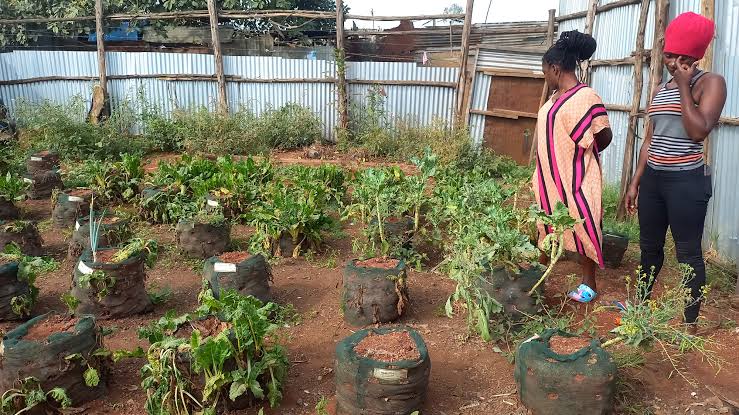How the Nairobi River Clean-Up Is Reimagining Urban Life
What began as a clean-up mission is fast becoming one of the boldest urban renewal efforts in Kenya’s history.
The Nairobi Rivers Regeneration Project (NRRP) is redefining how cities can heal themselves – not just by removing waste, but by rebuilding entire communities and ecosystems around clean, flowing rivers.
At the heart of this transformation is a simple truth: when the river thrives, the city lives.
Restore the River, Rebuild the City
The Nairobi River once symbolised the city’s promise – and its pollution.
But today, its story is changing.
Through a multi-agency effort involving the government, private sector, and local communities, the NRRP is rehabilitating waterways, improving stormwater drainage, expanding sewer systems, and redesigning riparian zones.
This isn’t just environmental restoration – it’s urban engineering meeting social justice.
By improving waste management, upgrading informal settlements, and opening up safe public spaces, the project is building Nairobi’s resilience from its rivers outward.

Community-driven Environmental Initiative
The revival of the Nairobi River isn’t being written in boardrooms – it’s unfolding in the hands of ordinary Kenyans.
Youth collectives such as Komb Green Solutions in Korogocho and the Kilimani Project Foundation are taking the lead, reclaiming riparian land, creating pocket parks, and reimagining what green living looks like in urban Kenya.
Their work is restoring more than just the riverbank – it’s restoring dignity, safety, and livelihoods.
By transforming dumpsites into gardens and grey spaces into green corridors, these communities are proving that true regeneration begins from the ground up.
“We don’t just clean; we create,” says a member of Komb Green Solutions. “This is our home, and we want to make it better for the next generation.”
A Working Collaboration
The regeneration project has also become a model of inclusive urban planning.
Residents are participating in mapping exercises, digital monitoring, and town hall forums to ensure local voices remain central to every stage of the process.
This participatory approach strengthens accountability and keeps the Nairobi River regeneration both people-driven and sustainable.
A City Reimagined
With riparian corridors being restored and new housing and transport networks planned, Nairobi is positioning itself as a model of environmental resilience and inclusive growth.
It’s a shift from managing urban decay to actively designing urban renewal.
Mazingira Day 2025 celebrates this shift – a reminder that environmental protection is not a one-off event, but an ongoing movement driven by communities, supported by policy, and anchored in innovation.
Because when citizens take ownership, when communities and government act together, and when rivers flow freely again, a city finds its soul.
